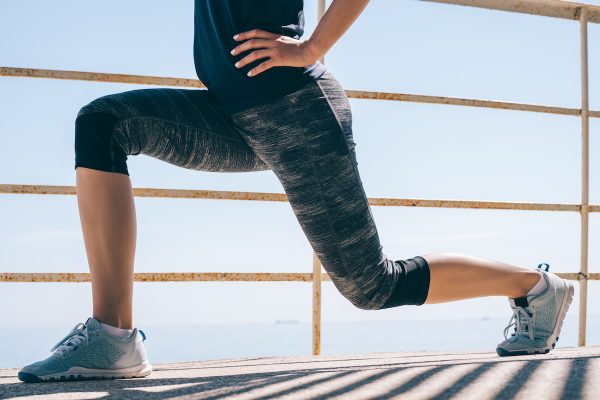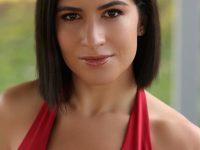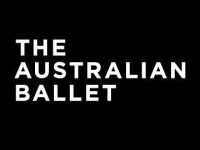Functional Exercise for Dancers (Part 1)
The 7 Movements We Need to Get Really Strong
by Sally Harrison from Band-ITS & Strength4Dance
Functional exercise has become a bit of a buzz word in the fitness world recently ⏤ but what does it actually mean and how can we apply it to our dance practice?
If we think about the word ‘functional’ outside the context of exercise, it refers to something that works. Something that has a purpose. Something that is useful. Therefore, when we apply it to exercise, we can think of Functional Training as a style of exercise that works, has a purpose and is useful. It is a way of training the body that is aligned with what we need for everyday life.
There are 7 main movement patterns that we can use as the basis of our functional exercise programming. These are sometimes called Primal Movement Patterns in a concept coined by Paul Chek from the C.H.E.K Institute. Primal, because they represent the way that human beings have always needed (and will always need) to move.
I always say that we can never assume that we get enough strength and cardio training for a strong dancing body by doing dance class alone. There always needs to be an element of training outside of our technical classes and rehearsals. Basically, in order to be a strong dancer, we first need to be a strong human being. That’s why we want to make sure that we can be strong in all of the following movements:
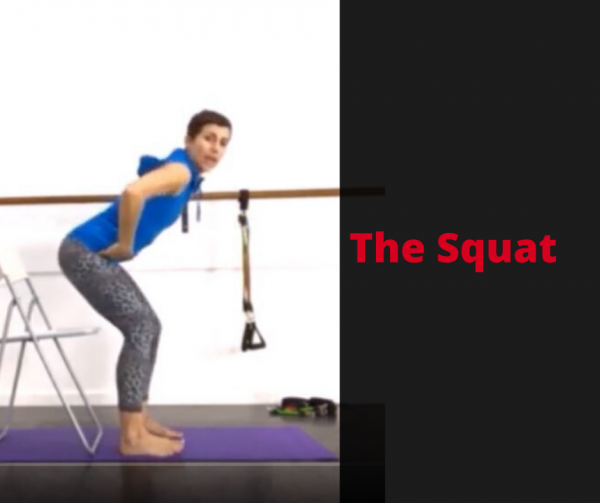 1. THE SQUAT
1. THE SQUAT
Essentially a ‘bend and straighten’ of both our legs ⏤ although actually a squat is a whole body exercise ⏤ called a compound exercise because it uses more than one muscle group. Squats are important in life for tasks such as sitting down on a chair or squatting to tie your shoelaces. To add variation to our squat we can alternate our stance (wide/narrow). We can add load (weights, resistance bands) or plyometric movement (jumps). We can also play with tempo and add static holds when programming squats.
Examples of SQUAT exercises include Goblet Squats, Squat Jumps, Squat Pulses, Sumo Squats
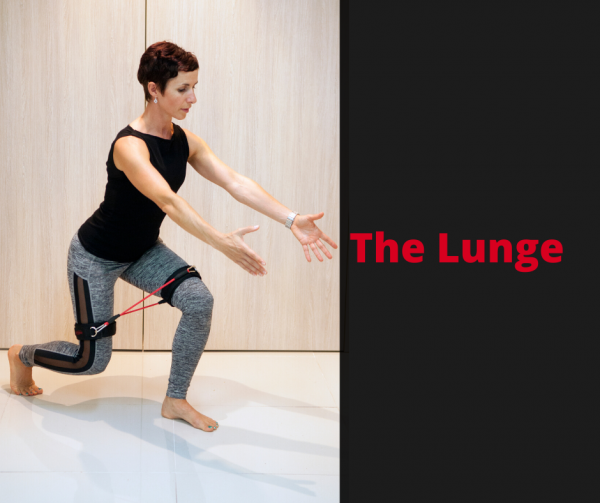 2. THE LUNGE
2. THE LUNGE
Single leg, bend and straighten. Used in tasks such as stepping forwards (or backwards) to reach something, or walking up and down stairs. We can lunge in all three planes of movement – forwards, sideways and horizontally (e.g. to a diagonal). We can also vary the width of our lunge, add jumps, load and upper body drills.
Examples of LUNGE exercises include High or Low Lunge, Lunge Jumps, Walking Lunge, Lunge & Twist
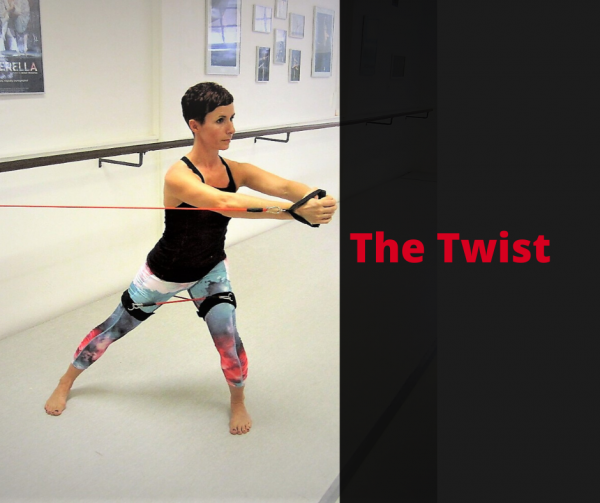 3. THE TWIST
3. THE TWIST
Twisting involves any movement that causes rotation in the body, working the body in the transverse (horizontal) plane of movement. If we think about the movements that we do in everyday life, there are very few that don’t use some sort of rotation. Think about all the time you turn to pick something up, say hello to someone or reach behind you in the car. Twisting is a very useful movement pattern to train.
Examples of TWIST exercises include Lunge & Twist, Row & Twist, Cable Chops, Hip Twists
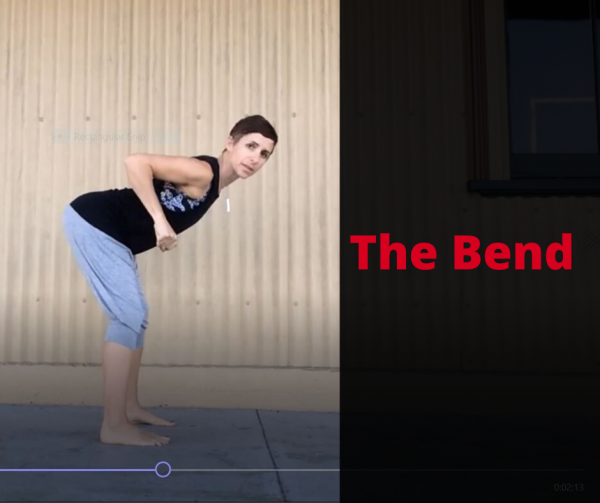 4. THE BEND
4. THE BEND
Bending is another movement that it’s hard to avoid in everyday life. Every time we pick something up, we bend. Generally, bending involves folding ⏤ or hinging ⏤ at the hip joint. The deadlift is the most common example of a functional bending exercise, which we can vary by adding load, changing tempo and using single leg work.
Examples of BEND exercises include Deadlifts, Good Mornings, Single Leg Deadlift, Waiter’s Bow
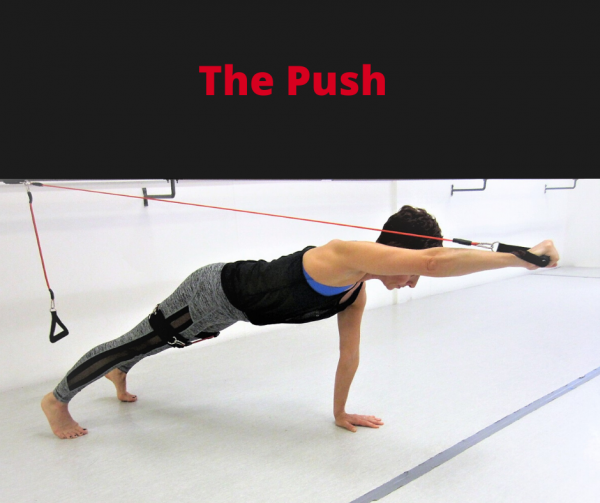 5. THE PUSH
5. THE PUSH
A push can involve pushing an external object away from the body, or pushing your own centre of mass away from the ground (such as in a press up). Think about when you throw a ball or put something into an overhead locker. These are all ‘push’ movements. We can push vertically or horizontally and combine with twists for added complexity.
Examples of PUSH exercises include Press Ups, Overhead Press, Chest Press, Plank
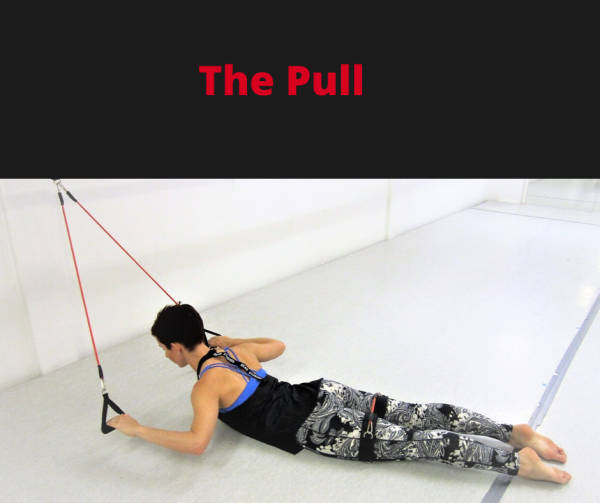 6. THE PULL
6. THE PULL
Involves pulling weight towards the body ⏤ or pulling your body towards something else (e.g. a pull up). In life, we need this to open doors… or essentially pull anything towards us. There are multiple different variations of pull exercises that can be done vertically or horizontally.
Examples of PULL exercises include Pull Ups, Rows, Lat Pull Down, TRX/Suspension Rows, Bent-over Barbell Rows
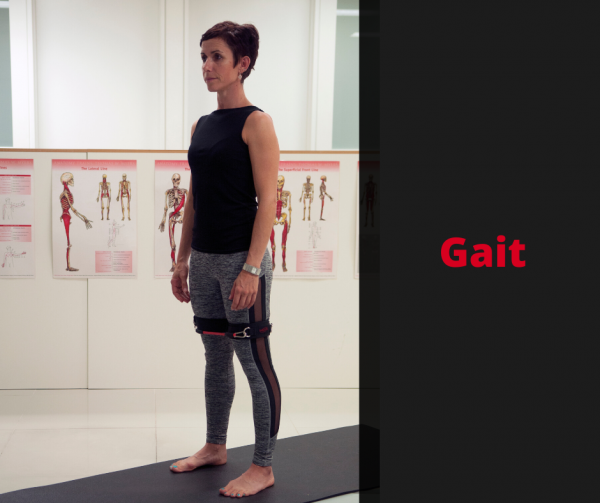 7. GAIT
7. GAIT
Gait is just a fancy word for walking. Generally any movement that you do (walking, skipping, jogging) involves gait. Training gait could involve single leg balances, single leg squats. Remember that all walking/gait is full of 3-dimensional movement variations ⏤ not just simple ‘forward and back’.
Examples of GAIT exercises include Single Leg Balance, Single Leg Squat or Hop.
Incorporating all of these movement patterns into our exercise programming is a great way to start building our functional strength. By creating a robust and resilient body, we’ll be much better able to cope with the technical demands and choreography in our dance classes.
Part 2 of this article will discuss more specifically how we can apply these movements and principles to help our dance training. Keep your eyes peeled next week!
Sally xx
Pro-Align physiotherapy for dancers

